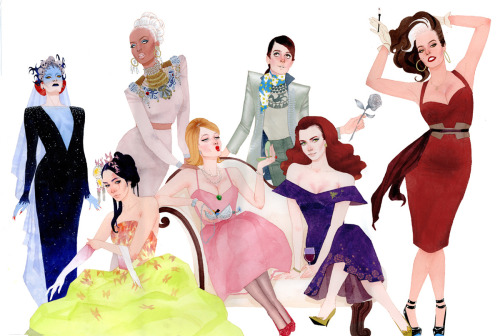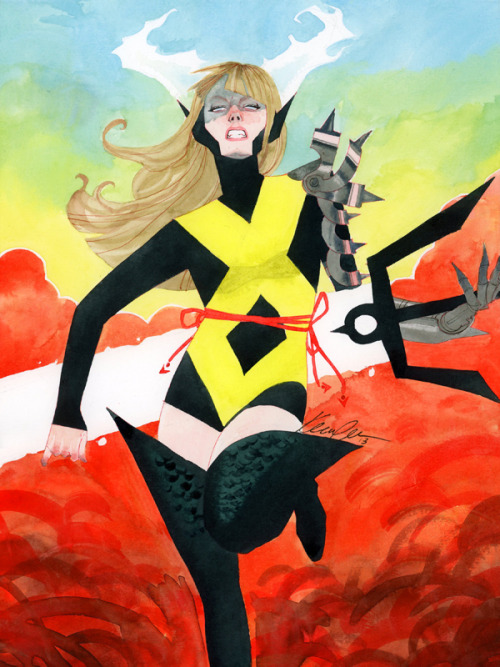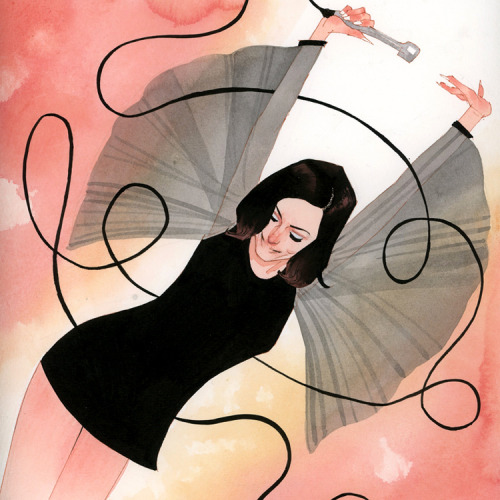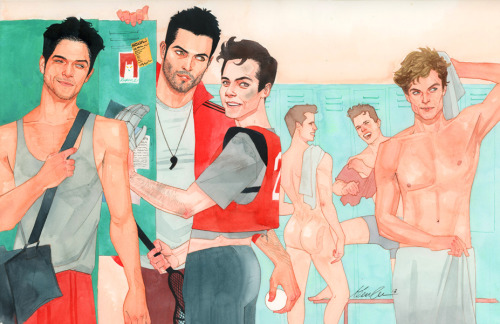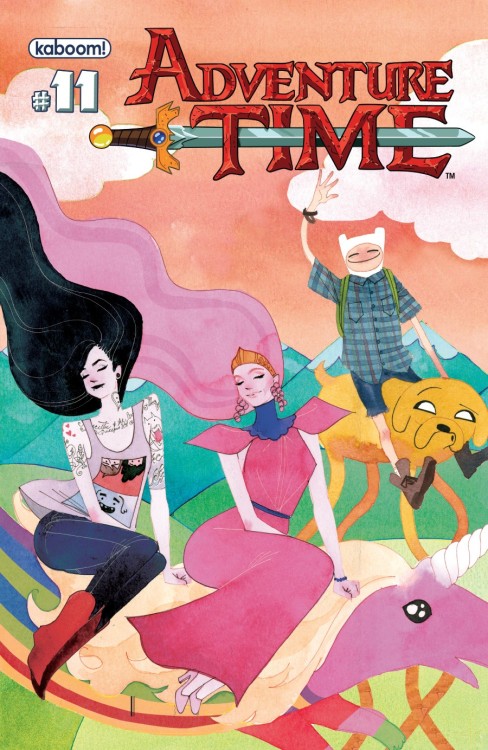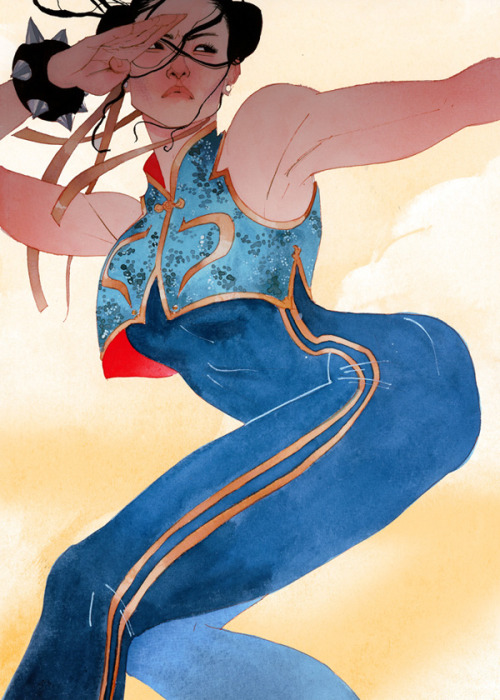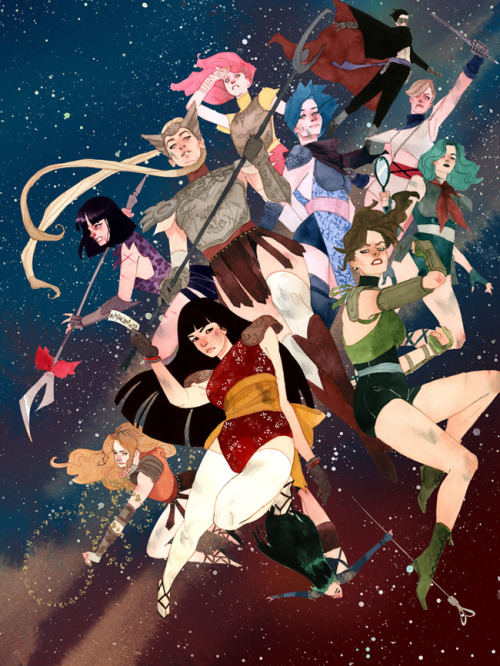Sketch Away: Our Free eBook of Pencil Drawing Lessons //
Artist Daily
 | |
The drama of this charcoal and pencil drawing by Lilian
Wescott Hale is in the bold contrast of value of the
figure's skin, dress, and hair. | |
| |
I love all kinds of art: super complicated installations, amazing marble sculptures, and virtuosic canvases filled with color and form. But when it comes down to it, I'm a simple woman at heart, and the art that moves me the most is a pure and simple pencil drawing on paper.
Maybe it sounds strange, but I think pencil drawings are the closest art form to real life. A pencil portrait that a person draws of loved ones is a memento that is kept and cherished forever. I still have some of my earliest clumsy beginner pencil sketches that I did all the way back in sixth grade. I look at them and trace the lines with my fingers and it is like being transported back in time. And the artists whom I respect so much? I've never understood their work as deeply as when I look at their drawings.
|  |
| Tiepolo made dramatic use of the core shadow,
where light borders dark, and made sure that
the reflected light was nowhere near as bright
as any of the halftones on the figure. |
| |
But pencil drawing, as we all know, can be deceptively simple. Pencil drawing—for beginners, right? That isn't true at all. Drawing pencil portraits or figure sketches means really understanding and utilizing lights and darks in and around your subject matter, and contending with light and shadow, planes and values, halftones, and so much more.
It is a lot to cover, which is why I'm thrilled with our free eBook:
Free Pencil Drawing Lessons: 27 Ways to Use Values to Create Dramatic Pencil Drawings & Create Powerful Lines. It cuts to the heart of what makes a pencil drawing great, and it helped me learn the essential strategies that underline all advanced pencil drawing instruction. I couldn't ask for more.
Artists and instructors Dan Gheno and Kenneth Procter reaches for examples of amazing drawings, past and present, to illustrate what every draftsman should know—how to turn a ho-hum drawing into something memorable. So I wish you good luck and many great drawings in your future with our free pencil drawing lessons. Download
Free Pencil Drawing Lessons: 27 Ways to Use Values to Create Dramatic Pencil Drawings & Create Powerful Lines now. Enjoy!

P.S. If you have a friend or loved one who is getting back into art and might love to share in the fun, send them this link so they can download their own copy of Free Pencil Drawing Lessons.

----
Shared via
my feedly reader
Sent from my iPad


